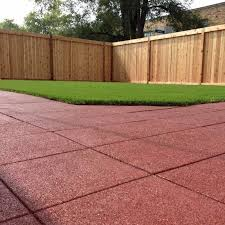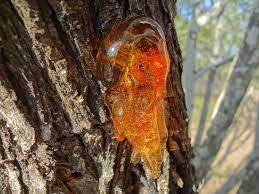Rubber is a highly versatile natural polymer that is used in a variety of applications, from bicycle tires and motor vehicle tyres to medical and sporting equipment.
How is rubber made?
Raw rubber is made from the sap of trees, especially the Heavea tree. Charles Goodyear happened upon the process of vulcanisation, an integral part of rubber moulding, in 1839. He discovered that adding sulphur to liquid rubber could make rubber tougher but still pliable.
Uses of rubber
Vulcanised rubber, such as that resulting from rubber moulding, has a multitude of different uses and appealing properties. In the world of medicine, for example, the adoption of latex surgical gloves transformed common practice, although latex has since been found to cause allergic reactions. Read more about this on the Great Ormond Street Hospital website here:.
Today, you will find rubber in all sorts of industries, from transportation to sports and recreation. Transportation, for example, makes use of rubber’s shock-absorbing qualities, along with its tight-fitting nature and non-slip performance. In offices, rubber is used in erasers and rubber bands and many people wear Lycra made from rubber, wellington boots and shoes with rubber soles.
If you play sports, you may need the bounce of a rubber ball or the resilience of rubber hockey pucks, shuttlecocks, protective mats, swimming caps, nose clips, and scuba gear. Even the youngest members of society benefit from the fact that rubber can be flexible enough to deliver fluids and withstand heat, making it perfect for baby bottle teats and dummies.
Industrial uses of rubber
In industry, rubber is renowned for its shock absorption, easy cleaning, adherence, resilience and protection. It is used in everything from conveyor belts and rubber bearings to protective clothing, rubber moulding products, hoses, and flooring.
Image Credit
Rubber moulding is a common practice in industry. It is a manufacturing process that transforms elastomer or uncured rubber into usable products by injecting, pressing, or placing the rubber into metal mould cavities. The moulds create different shapes and geometry, and pressure and heat are used to create chemical reactions including vulcanisation and curing. This makes rubber more resilient.

